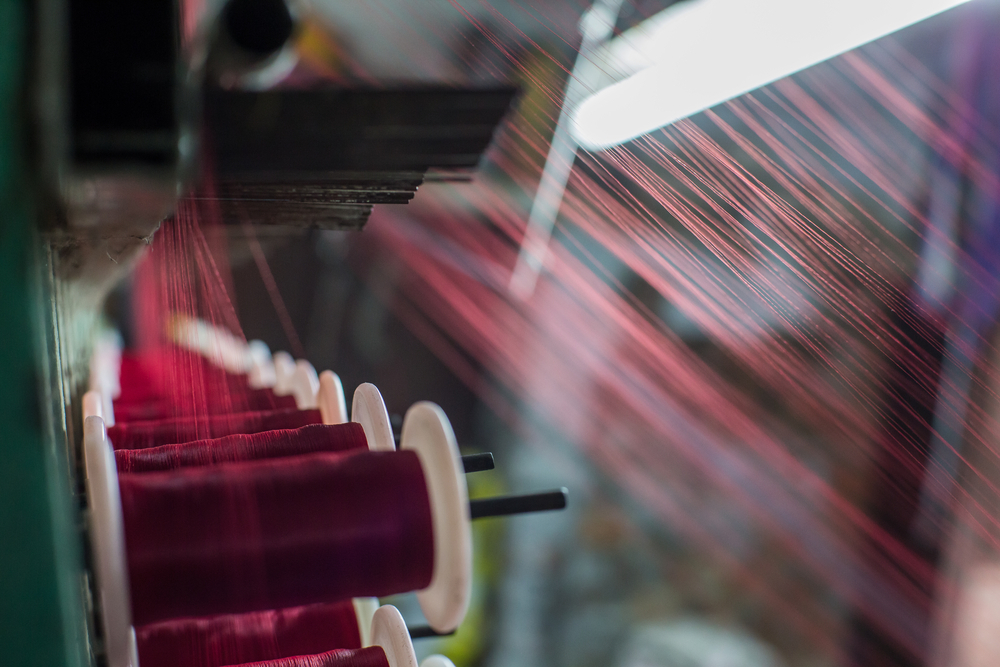The textile industry in Pakistan has long been renowned as one of the country’s most noticeable sectors. With a rich antiquity of textile production, Pakistan has recognized itself as a key player in the global market, mainly in the realm of knitwear. In this article, we delve into the intricacies of Pakistan’s textile manufacturing industry, concentrating on knitwear, discovering the process, emphasizing key features for success, and shedding light on how to outshine this economical market.

Understanding Pakistan’s Textile Industry:
Pakistan’s textile industry is a dynamic section of its economy, paying ominously to the country’s GDP and employment openings. With a miscellaneous variety of textiles produced, comprising cotton, synthetic fibers, and blends, Pakistan’s manufacturers provide to both national and international markets. Amongst these, knitwear has appeared as a chief export product, producing the country extensive foreign exchange.
Knitwear Manufacturing Progression:
- Design and Development: The process commences with designers making exclusive and stylish designs that charm global consumers. Devotion to detail and indulgence of prevalent market inclinations are important at this stage.
- Fabric Sourcing: Manufacturers cautiously select high-quality fabrics, such as cotton, polyester, or blends, to make sure they encounter international standards. This phase needs close cooperation with textile mills to gain the preferred fabric stipulations.
- Stitching and cutting: The selected fabric is then cut into pattern fragments, which are accurately stitched together by skilled workers. The expertise of these craftsmen plays a vital role in completing the anticipated fit, finish, and inclusive quality of the knitwear.
- Quality Regulator: A vigorous quality control system is applied throughout the manufacturing process to confirm that the final products meet inflexible standards. This includes steady inspections, testing, and observance of international strategies.
- Finishing and Packaging: After the ultimate product is ready, it undertakes finishing processes, such as washing, dyeing, or printing, to augment its appearance and appeal. Once finished, the garments are cautiously packaged, ready for delivery.
Main Achievement Factors in Pakistan’s Knitwear Industry:
- Skilled Labor: The obtainability of a skilled workforce has been a noteworthy benefit for Pakistan’s textile industry. The capability of artisans, technicians, and craftsmen in cutting, stitching, and quality control subsidizes the production of high-quality knitwear.
- Cost Efficiency: Pakistan’s textile industry welfares from its cost-effective production, making it extremely competitive in the global market. The country’s low labor costs joined with economies of scale, allow manufacturers to deal with competitive prices without compromising on excellence and quality.
- Vertical Combination: Many textile manufacturers in Pakistan have adopted a vertically combined model, which allows them to control the whole production process from raw materials to the finished product. This addition updates operations, guarantees quality control, and improves efficiency.
- Government Support: The Pakistani government has executed many policies and enterprises to endorse the textile industry, including tax incentives, export subsidies, and infrastructure development. These measures deliver a favorable business environment for manufacturers and exporters.
- Market Broadening: Effective manufacturers in Pakistan’s knitwear industry have expanded their export destinations, decreasing dependence on a particular market. Discovering new markets and building strong business relationships international has helped them endure economic instabilities and geopolitical encounters.
Conclusion:
Pakistan’s textile industry, precisely its dexterity in manufacturer & exporter of knitwear, has recognized the country as an intimidating player in the global market. With a well-developed supply chain, skilled labor force, cost efficiency, and government support, the industry continues to grow and contribute to the country’s economic progress. By considering the manufacturing process, taking on vital success factors, and staying accustomed to market crescendos, manufacturers and exporters can outdo this highly competitive industry, further solidifying Pakistan’s position.


